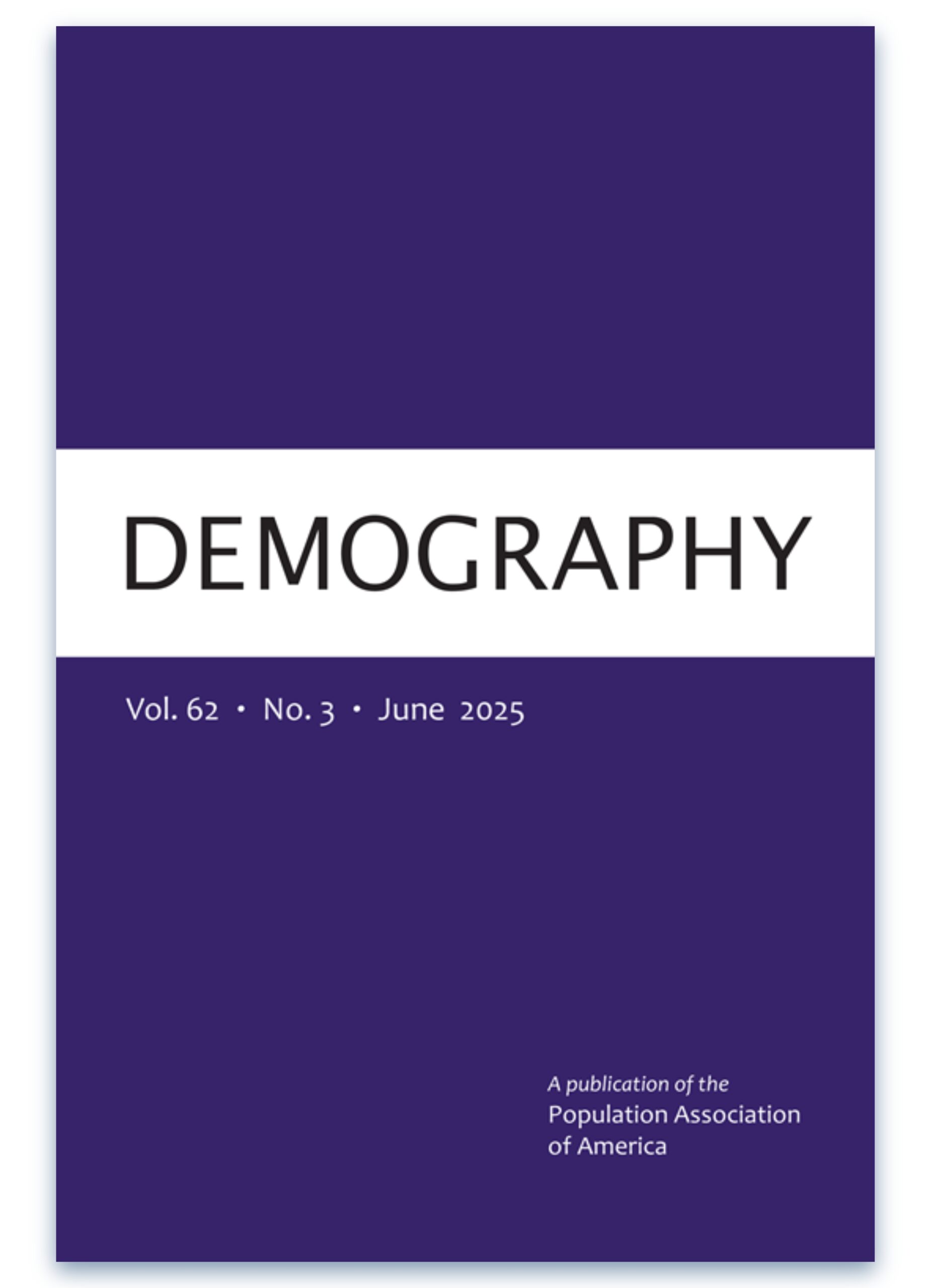
Socioeconomic Status, Genotype, and the Differential Effects of Parental Separation on Educational Attainment
Prior research has consistently documented a more pronounced negative impact of parental separation on educational attainment among children from families with high socioeconomic status (SES). This study leverages molecular data to investigate how the parental separation penalty on educational attainment varies by SES and children’s genetic propensity for education. We replicate the analysis on two distinct datasets, the National Longitudinal Study of Adolescent to Adult Health and the Health and Retirement Study. We use parametric (ordinary least-squares and logit) and nonparametric models (LOWESS), with college attainment and years of education as the dependent variables and the mother’s education as an indicator of family SES. Our results show that the parental separation penalty clusters among high-SES students with a low genetic propensity for education. For high-SES students with nonseparated parents, the probability of college attainment and completing more years of education is largely independent of their genetic propensity for education but decreases if they have a low genetic propensity for education and their parents separate. These findings suggest that when high-SES parents separate, they experience a reduced capacity to compensate for their children’s low genetic propensity for education to boost college attainment and years of education.
By Fabrizio Bernardi & Gaia Ghirardi.
Separation Hurts High-SES, Low-PGI Students Most: Parental separation significantly reduces college attainment for high-SES children with low genetic propensity for education (PGI EA), indicating a loss of compensatory advantage when family resources and structure are disrupted.

Compensation Model Breaks Down After Separation: The study challenges the compensatory advantage model (CAM) by showing that high-SES parents struggle to buffer their children’s low PGI EA when separated, revealing a key vulnerability in intergenerational inequality reproduction.

Environment in GxE Is Multidimensional: Findings suggest gene–environment studies should adopt intersectional approaches. Educational outcomes are shaped not by single environmental factors, but by the intersection of SES, family structure, and other social dimensions that shape opportunities and constraints.

